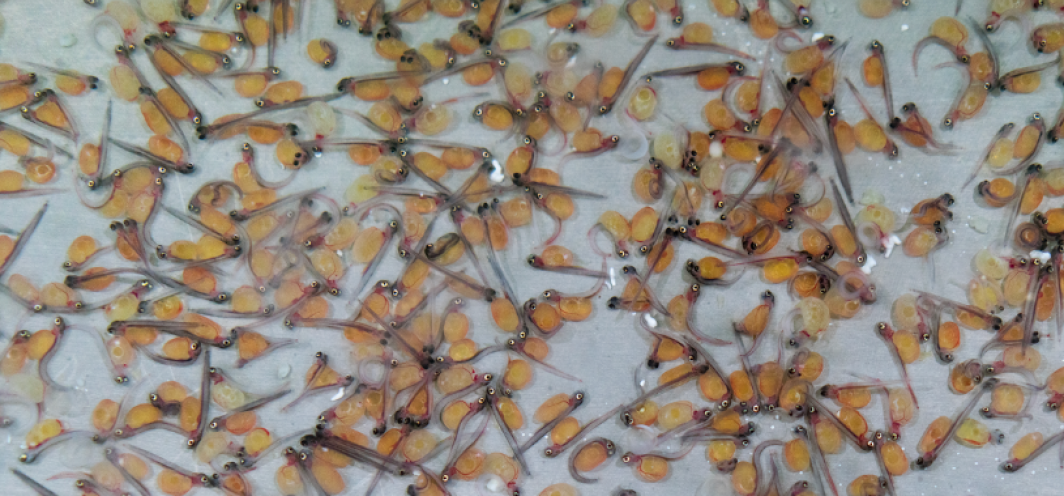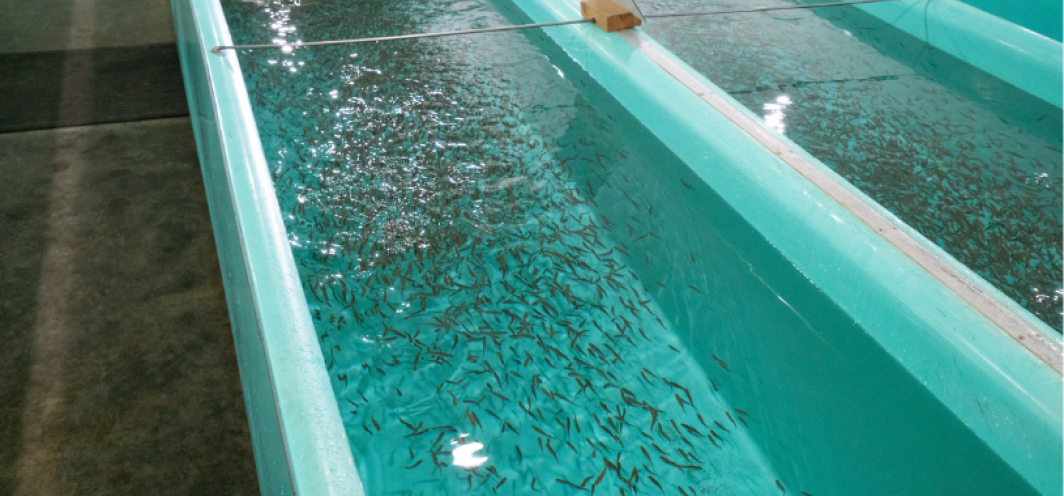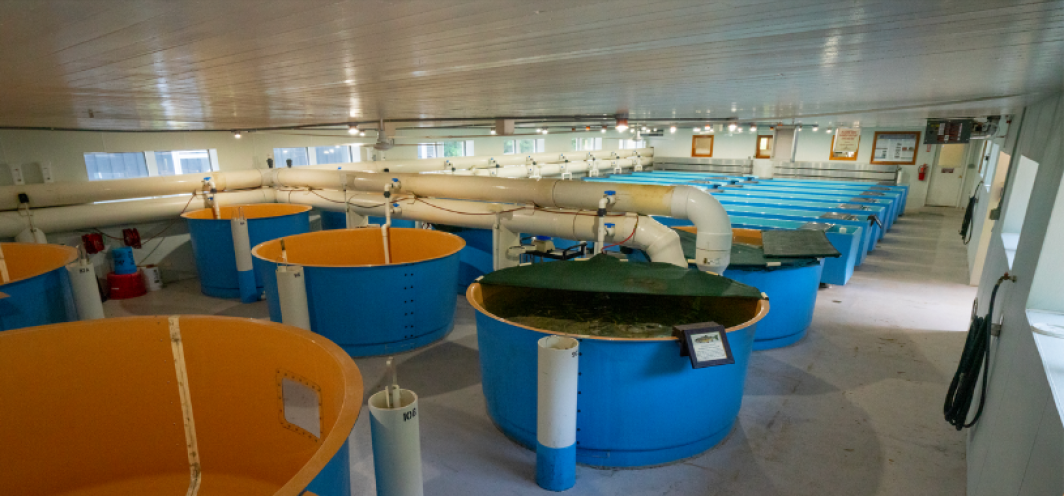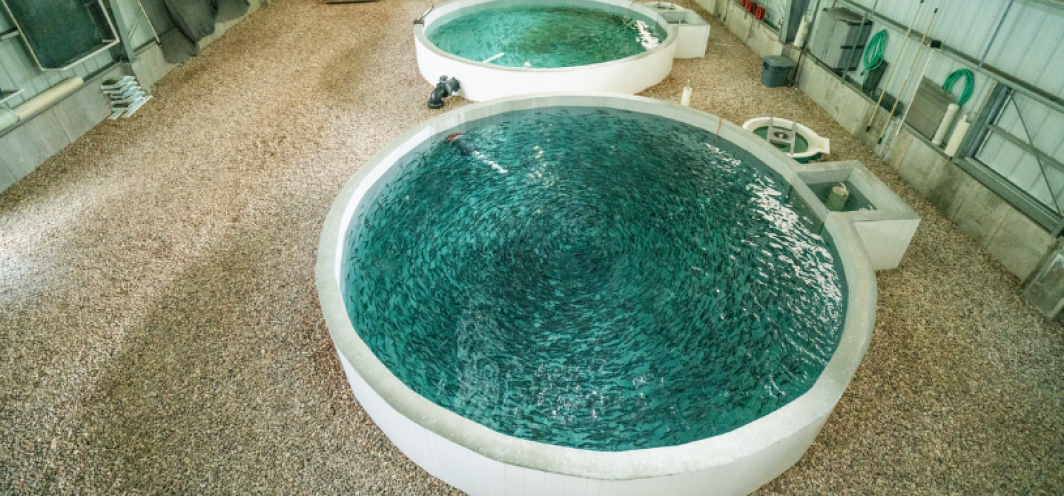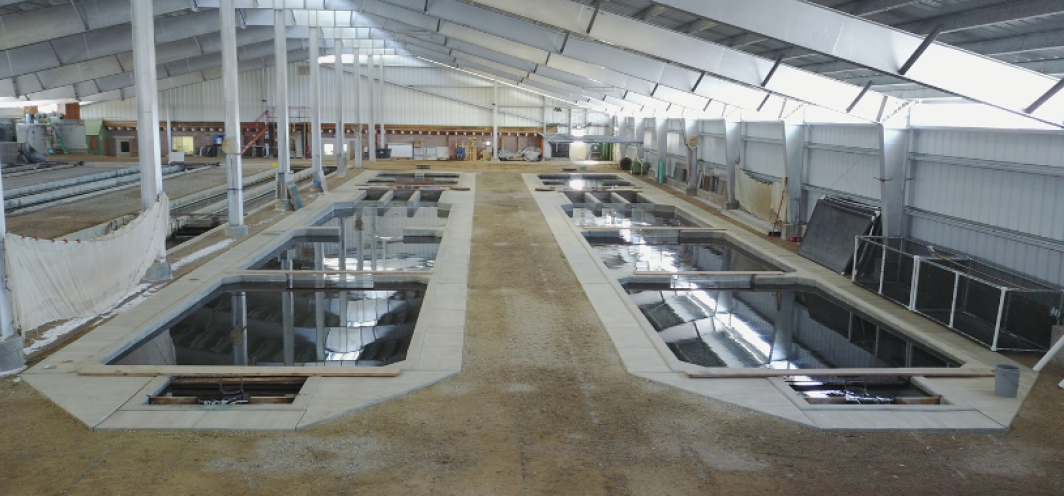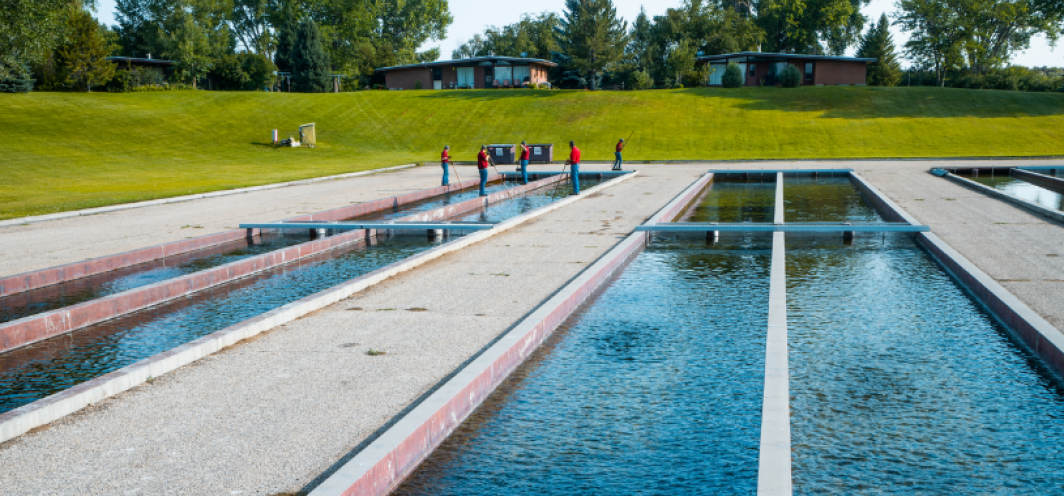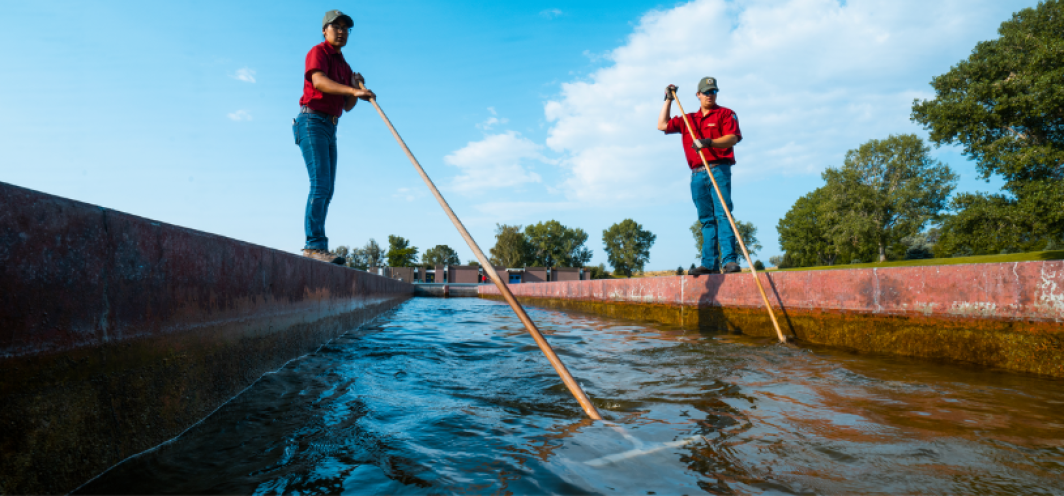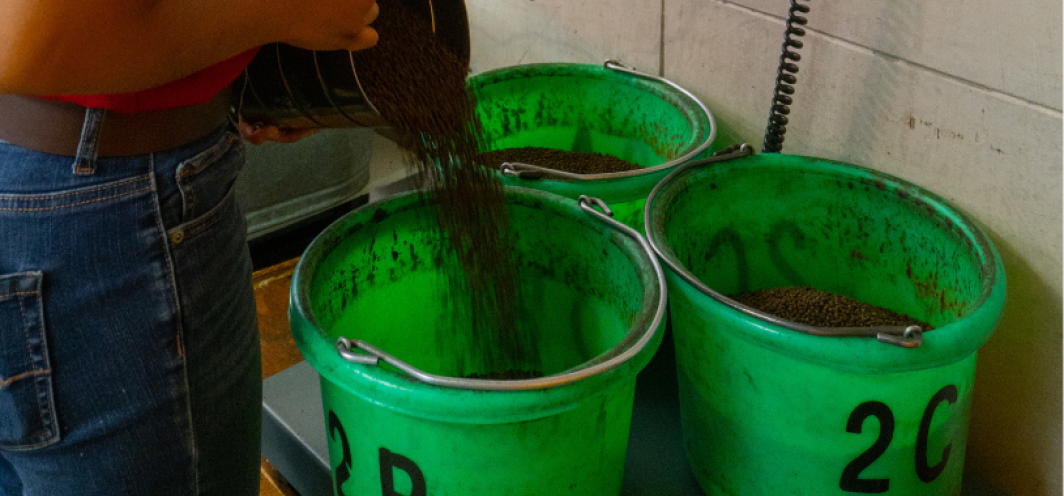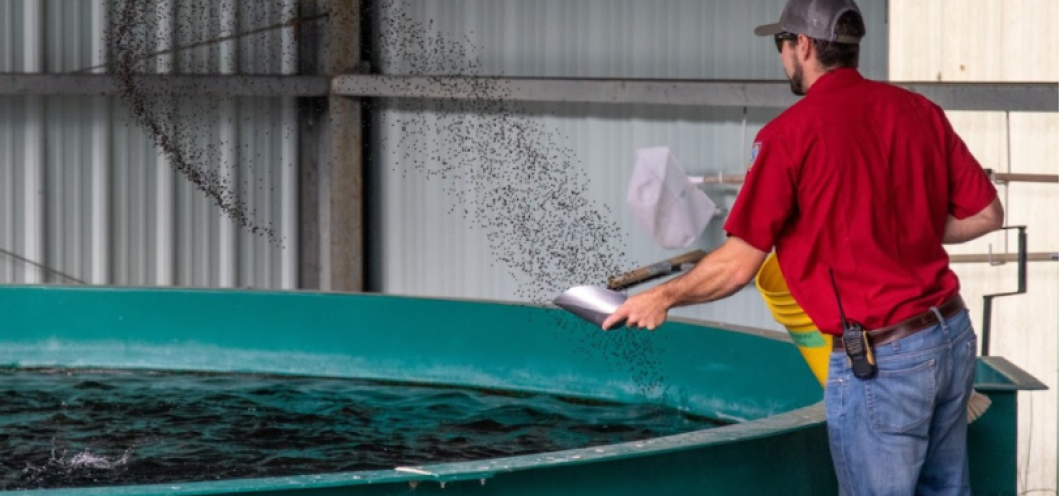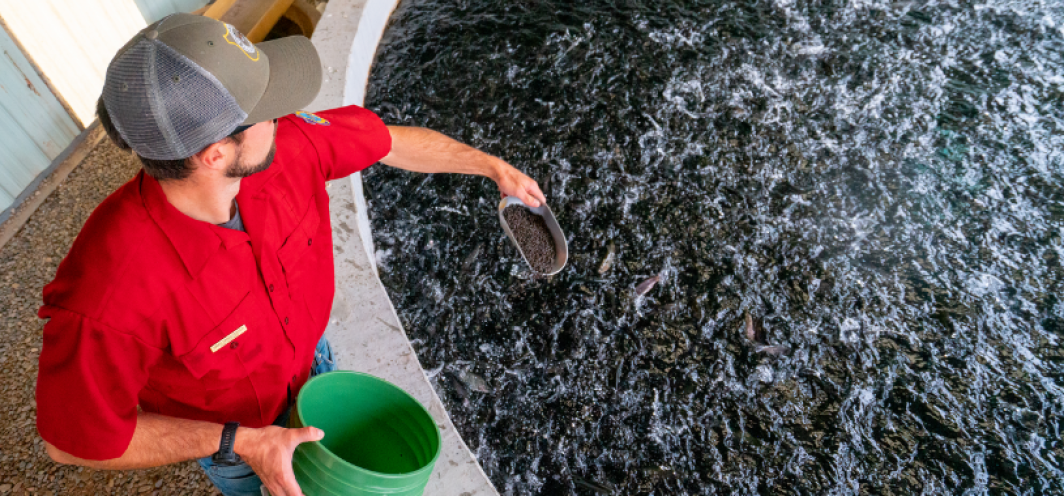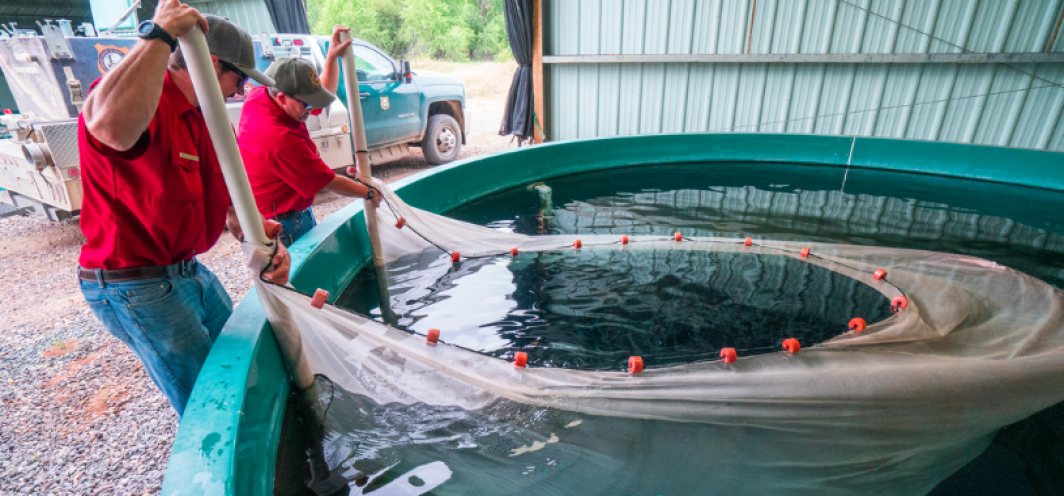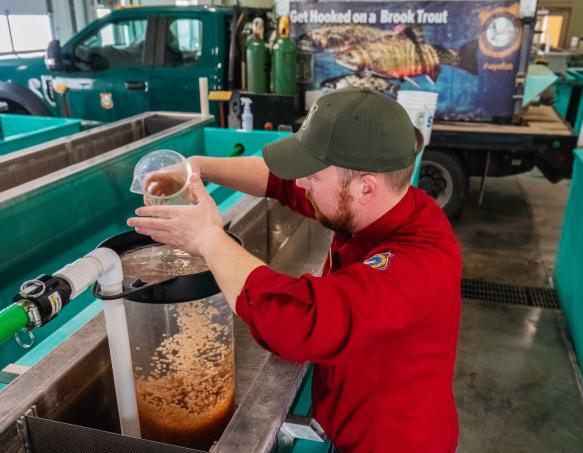
What is a fish hatchery?
Wyoming Game and Fish Department fish hatcheries are places where we breed, hatch and raise fish. Millions of fish produced in Wyoming hatcheries are stocked into the state's waters yearly. We obtain several million cool and warm-water fish each year by trading fish with other hatcheries to get fish species that we don't raise in Wyoming, like walleye, largemouth bass and catfish. These facilities are integral to our efforts to provide quality fishing, native species restoration and fisheries management.
Types of fish hatcheries
Fish hatcheries
As the name suggests, hatcheries grow fish at all life-cycle stages, including hatching fish from eggs. Out of the 10 Game and Fish facilities that produce fish for Wyoming, seven are considered fish hatcheries.
Rearing stations
Rearing stations receive fish that have already hatched from eggs at a fish hatchery. Rearing stations raise fish to size until they're ready to stock. Three of the 10 Game and Fish facilities for producing fish for Wyoming are considered rearing stations.
Fish hatchery locations
Wyoming has 10 fish hatcheries and rearing stations. Fish hatchery locations were chosen because of access to high-quality water sources. Many of the hatcheries are in beautiful locations and will give you the unique opportunity to view fish culture in progress, as well as enjoy the beautiful scenery.
Interactive fish hatchery location map
Find a fish hatchery near you
Visiting a fish hatchery
Wyoming fish hatcheries are open to the public every day from 8 a.m.-5 p.m. Informational signs throughout the hatcheries describe the hatchery equipment and operations.
School and group tours are available with advanced approval so long as they fit into the hatchery's schedule. Please contact a hatchery if you would like to schedule a tour. You also can tour our hatcheries virtually by visiting a specific hatchery page below.
Wyoming fish hatcheries
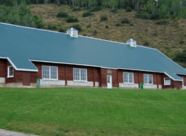
Located on Wyoming Highway 237 west of Auburn.
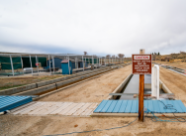
Located on U.S. Highway 191 south of Pinedale.
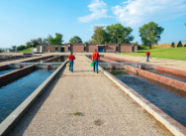
A few miles off Wyoming Highway 120 north of Cody.
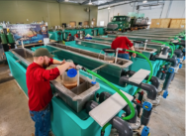
Located along the west bank of the North Platte River in Bessemer Bend.
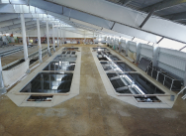
Located on U.S. Highway 191 northwest of Pinedale.
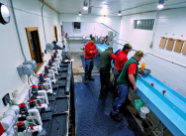
Located on the Wind River Range's east slope south of Dubois.
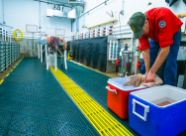
Located at the base of the Bighorn Mountains in Story.
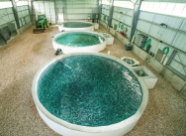
Located in Ten Sleep canyon east of the town of Ten Sleep.
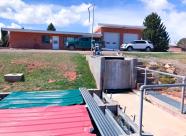
Located on Wyoming Highway 37 east of Lovell.
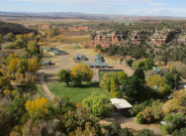
Located on U.S. Highway 16 east of Ten Sleep.
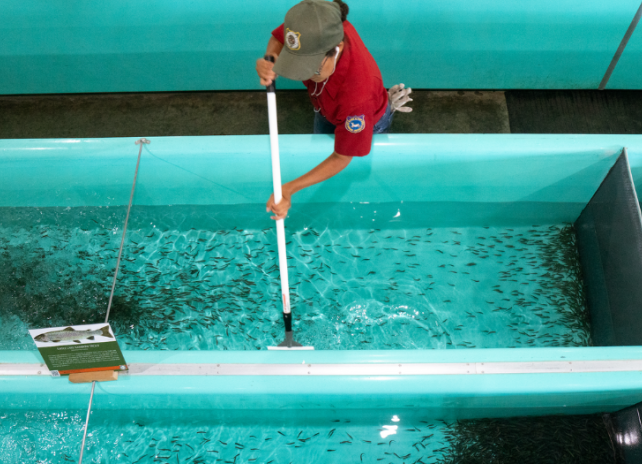
Importance of fish hatcheries
Hatchery management is one of the many functions of the Wyoming Game and Fish Department. Not all waters in Wyoming are stocked with hatchery fish, but fish are commonly stocked when habitat conditions don't allow natural recruitment or reproduction, such as in many lakes and reservoirs. Fish hatcheries are integral to our efforts to provide quality fishing, native species restoration and fisheries management.
Fish hatchery process
It starts with broodstocks or fish used for breeding. Fish eggs are collected and fertilized during the spawning process. Next, fertilized eggs are incubated. Once eggs hatch, fish are moved into toughs to be raised. Fish that outgrow smaller, fiberglass troughs are moved to larger raceways, which are the biggest tanks for raising fish. Once fish get to the desired size, the fish are netted, loaded onto a distribution truck and stocked into waters across Wyoming.
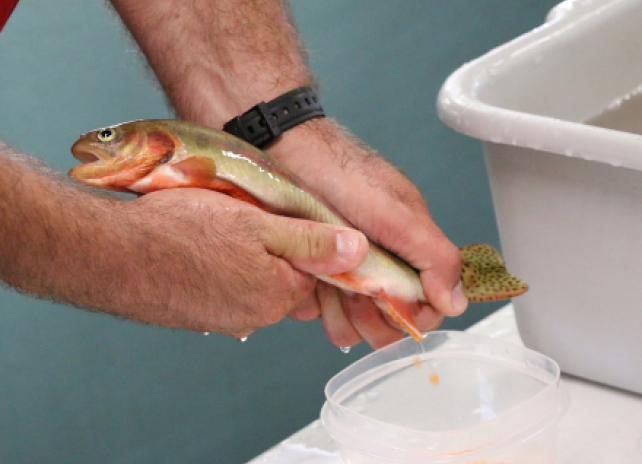
Fish spawning
The process of collecting and fertilizing eggs from adult fish at hatcheries is known as spawning. Fish typically become mature at age 4 and start producing eggs. When the fish prepare to spawn they travel upstream in search of suitable habitat. Fish hatchery personnel use this natural movement to capture spawning fish by placing a funnel-shaped trap between the brood pond and spawning pens. After the fish are captured they are separated by age and sex and held until the spawning day. When fish spawn depends on the species and it varies slightly from year to year.
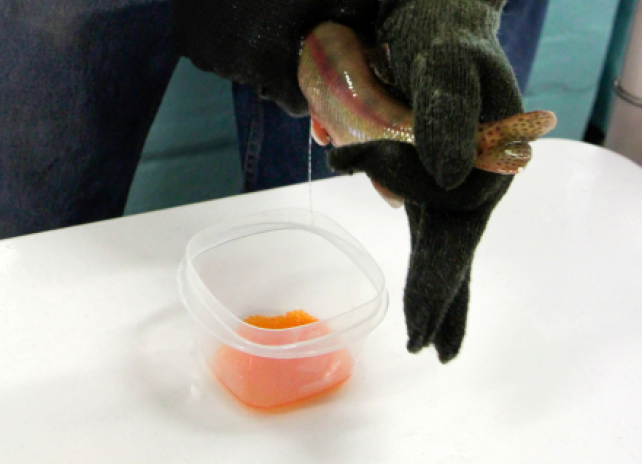
Spawning process
Once the fish are ready to spawn, we collect eggs from the fish in bowls by gently squeezing the abdomen of a female. The eggs are then fertilized with the sperm -- also known as milt -- from a male. After spawning, some of the fish are kept for spawning the following year. Others are stocked into Wyoming waters. Fish are spawned at a ratio of 1:1 (male to female) to maintain genetic diversity. All eggs are first used to meet in-state requests. Any remaining eggs are traded with other states in return for fish that are not reared by the Wyoming Game and Fish Department, such as catfish, walleye, tiger muskie and bass.
Incubation
After spawning, fertilized eggs are put in incubators for incubation. Incubation is the period of time it takes for eggs to develop and hatch into fish. The incubation time for eggs to develop to the eyed-egg stage varies with water temperature, but it typically takes about 14-30 days. Once the eggs are eyed, they are then shocked, picked, inventoried, possibly shipped and put down to hatch. After hatching, the sac fry live off of their yolk for roughly another 25 days until they reach their swim-up stage and begin feeding. Once the fish grow into fry, the fish are placed in small troughs for rearing.
Rearing fish
Fish stocking
Once fish have reached the size requested by fish management crews they are ready to be stocked. Personnel crowd the fish in the rearing units using a seine. From here, personnel load the fish onto a distribution truck by hand or by using a fish pump. Game and Fish has several distribution trucks capable of hauling as many as 14,000 9-inch fish in the largest unit. When a high-mountain lake or backcountry stream needs to be stocked, a smaller distribution truck capable of holding 1,900 9-inch fish will be used. Most fish, approximately 85 percent, are stocked in lakes, ponds and reservoirs and the rest are stocked in streams. Trucks are the most common way of transporting fish from the facility to a lake or river. However, other methods used to stock fish include:
- Truck
- Helicopter
- Barges/Boat
- Horse packing
- Backpacking
- ATV
Trucks with insulated tanks keep the water cool, while oxygen bottles and aerators provide oxygen to the fish during transport. Barges with onboard tanks are used when fish need to be stocked in a particular part of a river or lake. Helicopters are used when a lake is inaccessible by truck, such as in high-mountain lakes in wilderness areas. All of the spawning, rearing and stocking means better fishing for anglers in Wyoming!
To keep the fish alive and healthy during transport, each tank is equipped with special life support systems. The equipment includes oxygen bottles, oxygen diffusers and aerators.
Helicopter fish stocking
Fish distribution truck stocking
Horse packing stocking
ATV stocking
Backpack fish stocking
Community fishery fish stocking
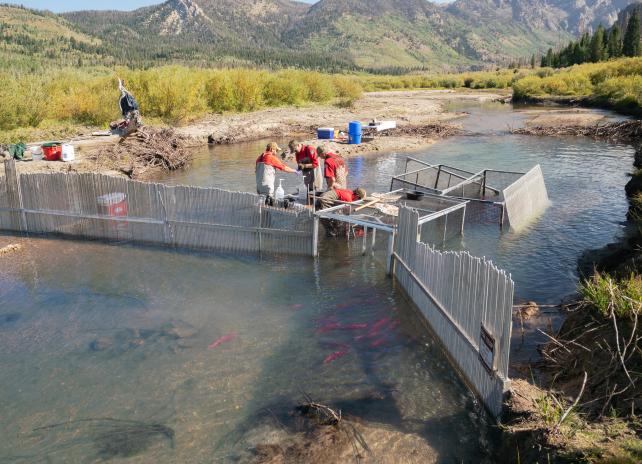
Statewide Spawning Crew Overview
The Crew's Objectives
Their primary objective is to trap, spawn and collect fertilized fish eggs from various wild fish populations throughout Wyoming. Eggs are used for fish production, species recovery, trades with other state/federal agencies, or brood recruitment for wild and captive broodstocks. Annually, the spawning crew collects several million fish eggs from wild fish populations throughout Wyoming.
The statewide wild fish spawning crew is based in Pinedale, Wyoming.
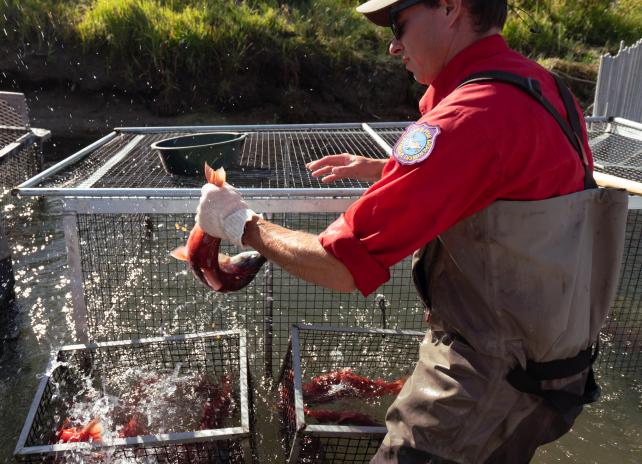
Spawning Wild Fish
Spawning fish in the wild first requires capturing mature adults with various methods, including trap nets, dip nets, seines, v-traps, gill nets, and electro-fishing. Fish eggs gathered for fish production come primarily from kokanee salmon and walleye.
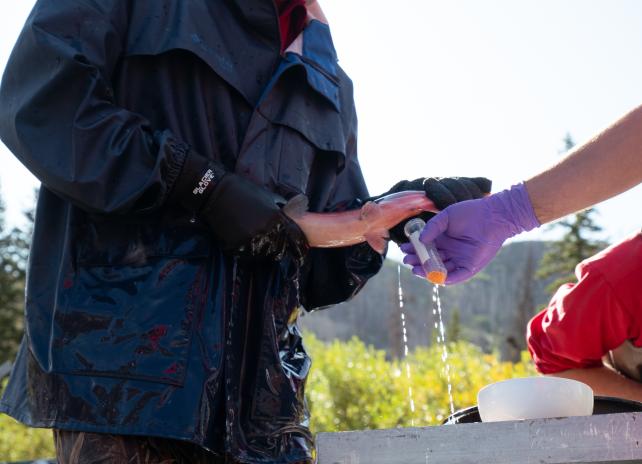
Ensuring Genetic Integrity of Native Cutthroat
In addition to wild fish spawning, the statewide spawning crew is challenged with determining ways to ensure the genetic integrity of Wyoming’s four recognized sub-species of cutthroat trout is maintained. (Snake River, Bear River, Yellowstone, and Colorado Cutthroat). Techniques in completing this task are evolving but this has been accomplished by wild milt collection for genetic infusion with our captive broodstocks, as well as soon using new science with cryopreservation to store and catalog
wild and captive genetic material for future use and broodstock development.
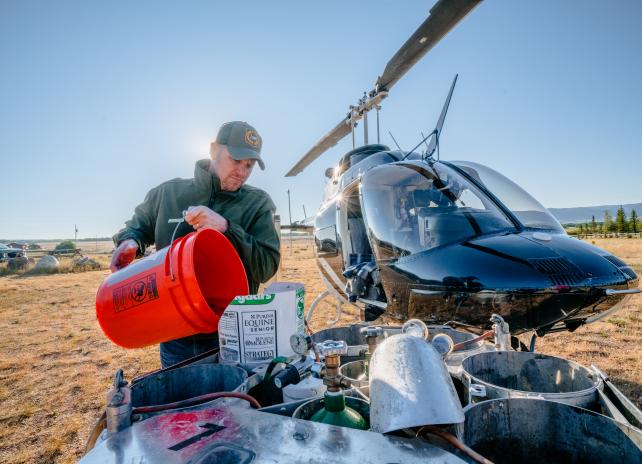
Alpine Lake Fish Stocking
The spawning crew coordinates the Wyoming Game and Fish Department’s alpine lake fish stocking program. Approximately 60 – 70 lakes are stocked annually via helicopter using GPS coordinates. This operation provides opportunities for back country fishers to catch unique fish species and maintains fish numbers when natural reproduction cannot sustain the population.

